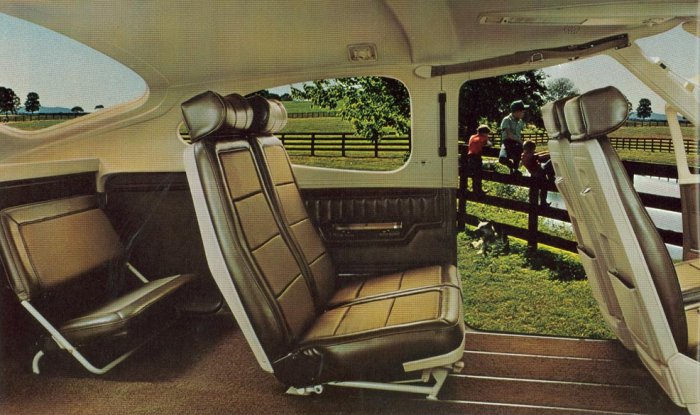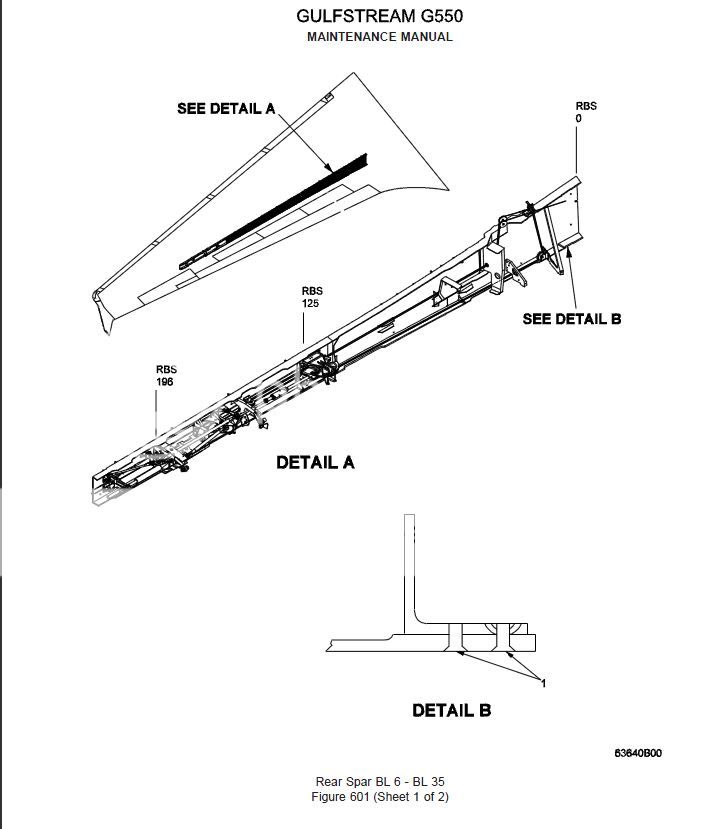"Another use of the cantilever is in
fixed-wing aircraft design, pioneered by
Hugo Junkers in 1915. Early aircraft wings typically bore their loads by using two (or more) wings in a
biplane configuration braced with wires and struts. They were similar to
truss bridges, having been developed by
Octave Chanute, a railroad bridge engineer. The wings were braced with crossed wires so they would stay parallel, as well as front-to-back to resist twisting, running diagonally between adjacent strut anchorages. The cables and struts generated considerable drag, and there was constant experimentation on ways to eliminate them.
It was also desirable to build a
monoplane aircraft, as the airflow around one wing negatively affects the other in a biplane's airframe design. Early monoplanes used either
struts (as do some current light aircraft), or cables like the 1909
Bleriot XI (as do some modern home-built aircraft). The advantage in using struts or cables is a reduction in weight for a given strength, but with the penalty of additional drag.
This reduces maximum speed, and increases fuel consumption.


A British
Hawker Hurricane from
World War II with cantilever wings
Hugo Junkers endeavored to eliminate virtually all major external bracing members, only a dozen years after the
Wright Brothers' initial flights, to decrease airframe drag in flight, with the result being the
Junkers J 1 pioneering all-metal monoplane of late 1915, designed from the start with all-metal cantilever wing panels. About a year after the initial success of the Junkers J 1,
Reinhold Platz of
Fokker also achieved success with a cantilever-winged
sesquiplane built instead with wooden materials, the
Fokker V.1.
The most common current wing design is the cantilever. A single large beam, called the
main spar, runs through the wing, typically nearer the
leading edge at about 25 percent of the total
chord. In flight, the wings generate
lift, and the wing spars are designed to carry this load through the fuselage to the other wing. To resist fore and aft movement, the wing will usually be fitted with a second smaller drag-spar nearer the
trailing edge, tied to the main spar with structural elements or a stressed skin. The wing must also resist twisting forces, done either by a
monocoque "
D" tube structure forming the leading edge, or by the aforementioned linking two spars in some form of
box beam or
lattice girder structure.
Cantilever wings require a much heavier spar than would otherwise be needed in cable-stayed designs. However, as the size of an aircraft increases, the additional weight penalty decreases. Eventually a line was crossed in the 1920s, and designs increasingly turned to the cantilever design. By the 1940s almost all larger aircraft used the cantilever exclusively, even on smaller surfaces such as the horizontal stabilizer, with the
Messerschmitt Bf 109E of 1939-41 being one of the last World War II fighters in frontline service to have bracing struts for its stabilizer."


The pioneering
Junkers J 1 all-metal monoplane of 1915, the first aircraft ever to fly with cantilever wings
Wikipedia is your friend.












